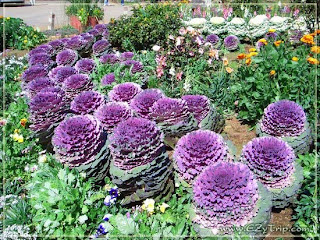Known by locals as Thailand’s Switzerland, Doi Tung (‘Flag Mountain') is an attractive mountain-top destination of forests and nearby Shan, Akha and Lahu tribal villages. Probably the most important attraction in the area is Wat Phrathat Doi Tung – a temple built one thousand years ago which is an important place of pilgrimage for Buddhists from Thailand and overseas. A giant flag was flown from the point where the temple’s chedis were built giving 'flag mountain' its name. Doi Tung is also home to the Doi Tung Development Project, an initiative of Her Royal Highness Srinakarindra the Princess Mother (mother of Thailand’s current monarch) who passed away in 1995.

Doi Tung has traditionally been an area at the centre of Thailand’s opium production, and with a ready supply of the drug in the area, drug use was prevalent, especially amongst the poor. The Princess Mother built a summer palace in the area and initiated the Doi Tung Development Project.

The purpose behind the project was to establish means of overcoming the area’s social problems through education, training, and through “Sustainable Alternative Development” such as changes in agriculture (an Agricultural Training Centre was set up to help people change from opium production to growing crops such as coffee, strawberries and macadamia nuts) and the introduction of trade in such items as local handicrafts (a ‘Cottage Industry Centre’ was also set up alongside an outlet for locally produced goods and to ensure local crafts such as hand carpet manufacturing are passed on to future generations.

The Princess Mother’s palace has been maintained exactly as it was when she stayed there. The grounds of the palace (Mae Fa Luang Garden) are extremely well kept and certainly warrant a visit. Visits to the Doi Tung Development Project’s various activities are also possible.

A trip to Doi Tung is often combined with a visit to Mai Sai. Probably the biggest draw to the region is its scenery. A trip through the mountains to Doi Tung is simply glorious. Hiking here is possible, but you should always arrange a guide – drug production does still exist and the Mong Thai Army and Karen Rebels are occasionally active in the area.

How to get there: The palace is located at kilometre 12 of route 1149. Given the distances to be covered and the fact a motor vehicle is essential to a trip to Doi Tung, an organised tour to the site is recommended.

Contact:
Doi Tung Development Project
(053) 767-003, (053) 767-015-7















